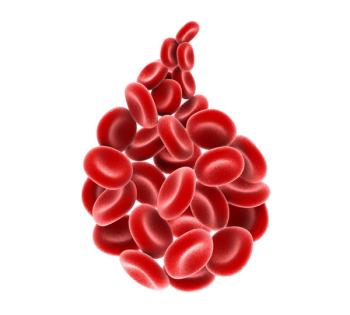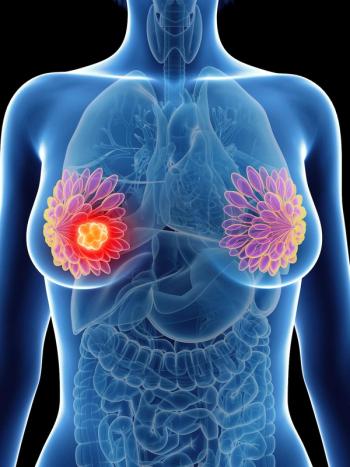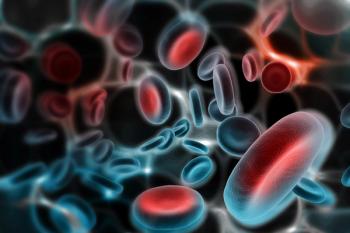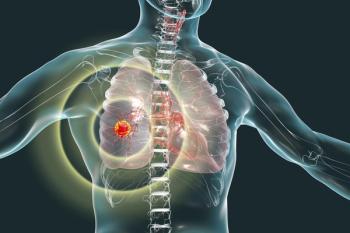
Patient Advocate Speaks to Value of Communicating Developments in Breast Cancer
Providers should inform patients with breast cancer that selecting later-line therapies following prior treatment with CDK4/6 inhibitors is a “developing area,” says Abigail M. Johnston, JD.
The development of new drug classes for managing breast cancer following first- or second-line CDK4/6 inhibitors is ongoing but a lack of definitive options in this treatment setting is a “double-edged sword,” said Abigail M. Johnston, JD, in a conversation with CancerNetwork® at the
Johnston, a patient advocate for those with metastatic breast cancer at SurvivingBreastCancer.org and a trial attorney based in Orlando, Florida, spoke about an education session at SABCS that focused on treating patients following prior therapy with CDK4/6 inhibitors. Outside of administering alpelisib [Piqray] to those with PIK3CA mutations, there aren’t many other “definitive options,” Johnston said. Due to this, doctors will likely develop flowcharts as they explore new treatment options for patients in later lines of therapy to help with stratification. She also stated that practices should communicate with their patients that the process of determining suitable therapies in these treatment settings is a “developing area.”
Transcript:
I believe what we're going to see, and this is what the doctors on the panel talked about, is in the next couple of years, we're going to have a lot more flowcharts. It's kind of like a ‘Choose Your Own Adventure.’ We're going to have more of those charts being developed in the next few years. Right now, if it appears that the doctors are looking for what would be the next thing, that's exactly what they're doing. My exhortation to them was to ‘tell your patients that; tell your patients that this is a developing area.’
We're going through these ideas, and we're going to make the best decision we can, but there's not a lot that is set in stone. There's not a lot that's definitive other than alpelisib [Piqray] for PIK3CA mutations. That can be a little scary [for patients] if you think about that and if there's not a set sequence, but at the same time, there are also lots of options now. It's a little bit of a double-edged sword. But that's where we are right now with all these new developing classes of drugs, and it is pretty exciting to see some of the innovation that's happening.
Newsletter
Stay up to date on recent advances in the multidisciplinary approach to cancer.


















































































